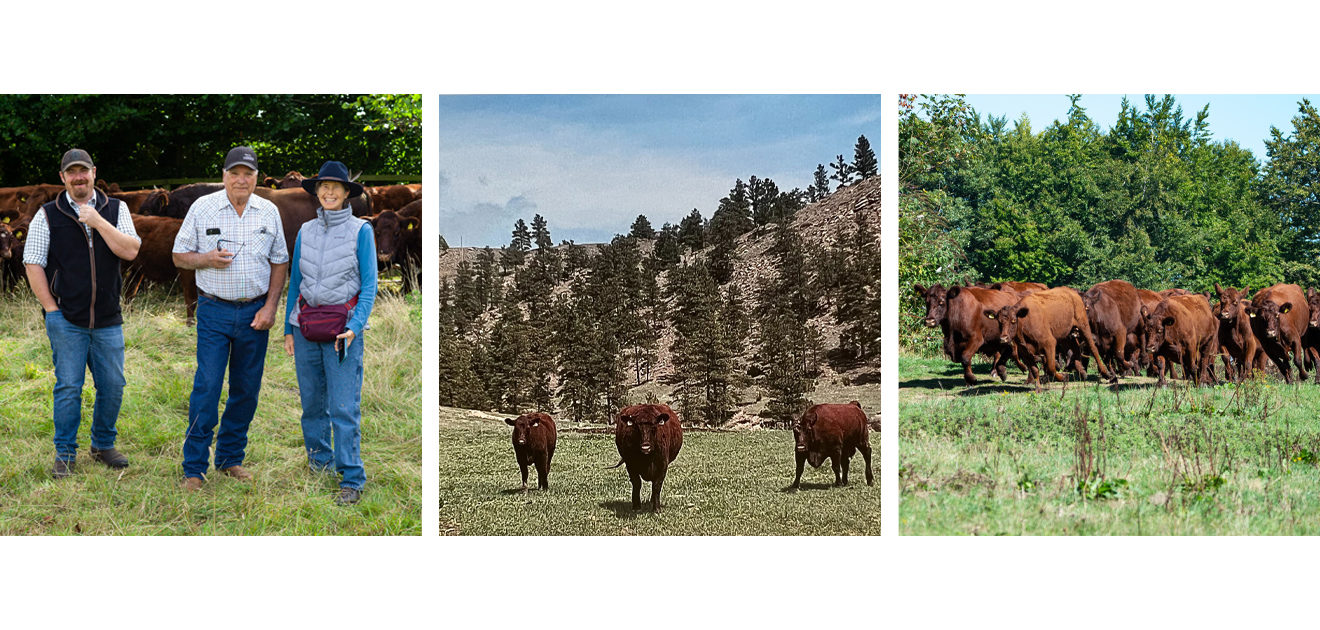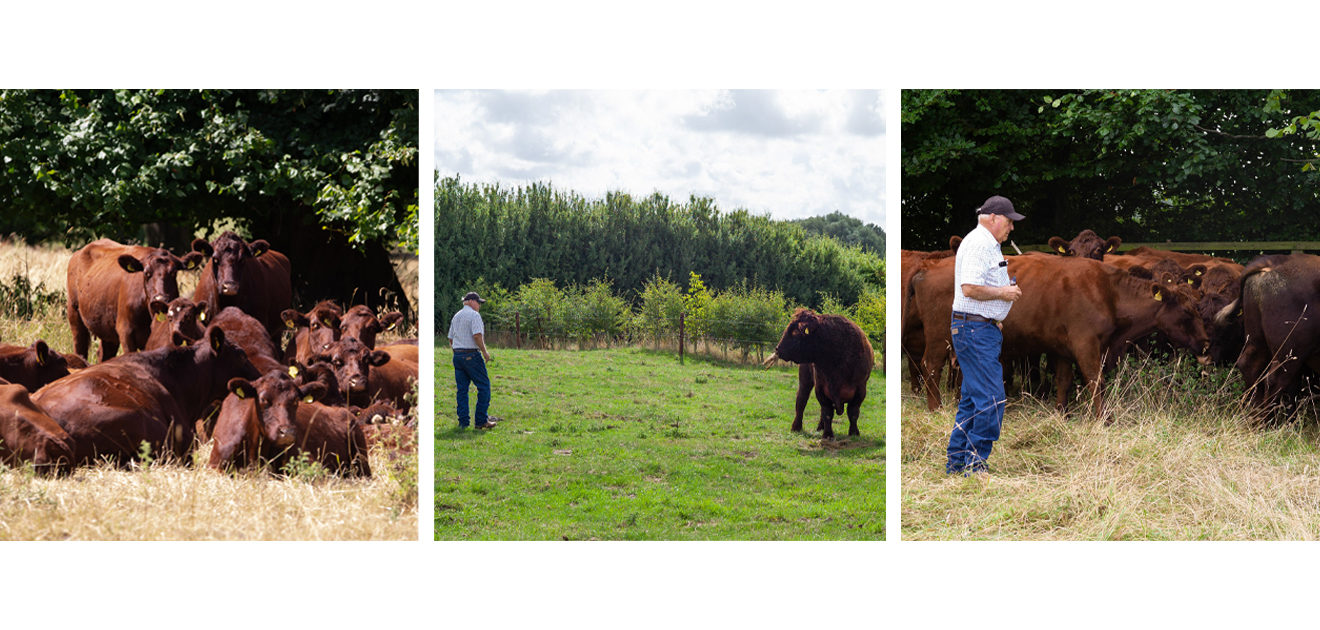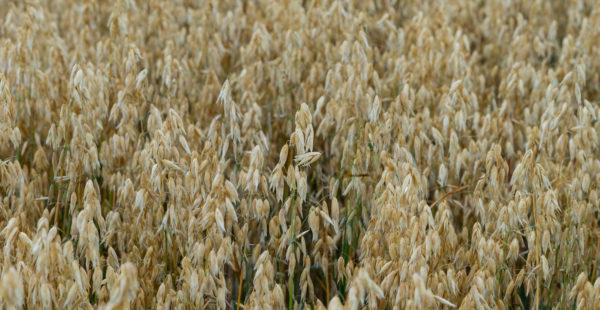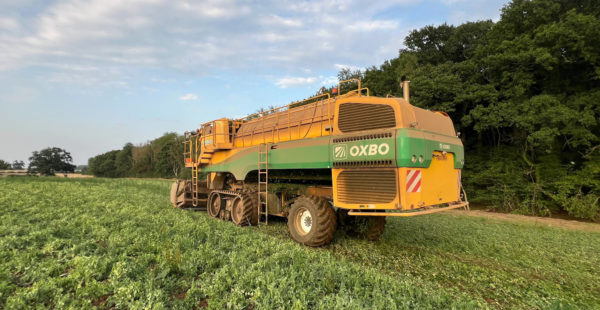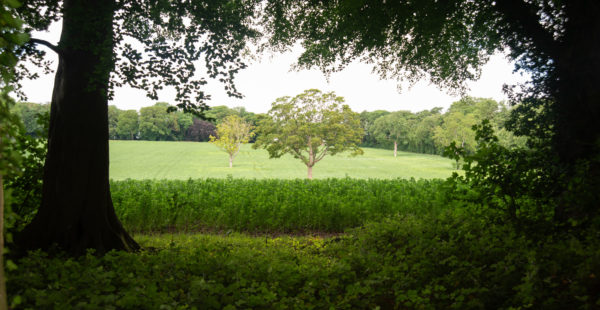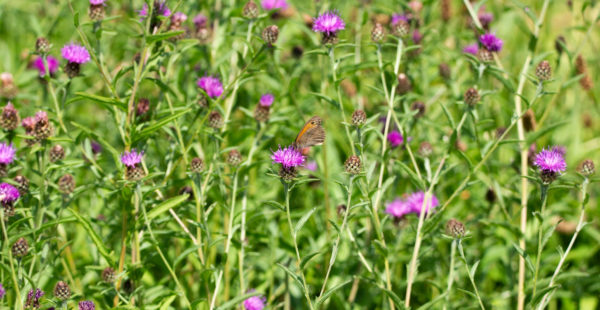Lincoln Red Diary: Winter Outdoors, Family Lines & Rancher Visit
Autumn has set in and we’re celebrating Organic September. We’re also counting down the last few months of our in-conversion year and preparing to go fully organic in 2023. We believe agriculture shouldn’t be a zero-sum proposition, and that both arable and livestock farming must respect nature and enhance the health of the rural landscape, from the air we breathe to the soil biome beneath our wellies.
The keystone of our regenerative model is our herd of rare, native-breed Lincoln Red cattle. We caught up with Herd Manager Richard Lakin for the latest news on over-wintering outdoors, plotting genetic lines and hosting cattle ranchers from the USA.
“We had an interesting visit from Jenifer and Bruce from South Dakota,” said Richard. “They’ve got 25,000 acres of grazing land on their ranch. That said, we’ve got one of the world’s biggest herds of Lincoln Reds. They want to increase their Lincoln Red herd and were interested in how we do things at South Ormsby Estate.
“Jenifer and Bruce were particularly interested in mob grazing, rotation between paddocks and the use of pasture and standing hay. They picked my brain more than I picked theirs but some interesting differences did come across. On their 25,000 acres they have three different units: springing, calving and fattening. Cows in calf get sent away. Their young cattle roam across 1,000-acre paddocks!


